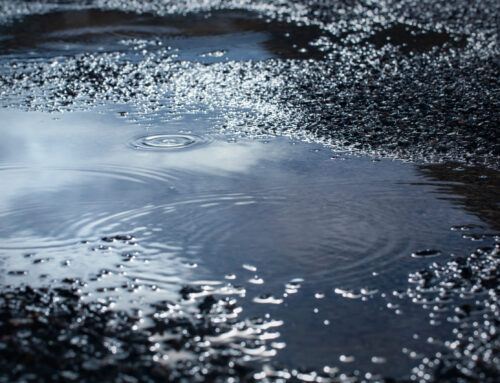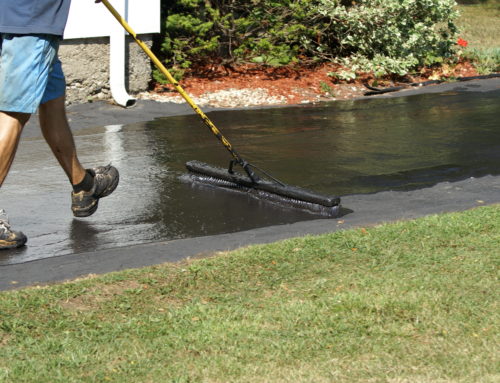We’ve done it! We reached the end of the year! It’s been a wild one, but the New Year is on the horizon and with it a fresh start in all sorts of ways. For now, enjoy the winter holidays, however they may take shape this year – small family dinner, a socially distant gift exchange, or the 2020 Special (Zoom call and cocktails!).
As we prepare to move forward, let’s take a moment to look back at everything we’ve learned over 2020. Over the course of this year, we’ve covered a huge amount of info for our readers from the kinds of machinery and equipment we use to examining the costs of resurfacing asphalt. Let’s do a quick 2020 retrospective.
In January we talked chip seals, slurry seals, and seal coating:
Chip Seal, Slurry Seal, Seal Coating! What’s the Difference?
“To put it briefly, chip seal is an alternative to asphalt, while slurry seal is a method of repairing asphalt, while seal coating is a protective process for your asphalt. They may sound similar, but each has its own purpose and place in the world of pavement.”
February saw us talking about one of favorite pieces of equipment, the LeeBoy Paver!
The LeeBoy – Sunrise Asphalt’s Paver
“The LeeBoy 8500 asphalt paver comes with a 64 hp Kubota Tier 4 Final Turbocharged diesel engine which gives it the oomph it needs to haul a 7.5 ton material hopper full of asphalt. At 12’9” long and 8’ 6” wide, the leeboy is built with a smaller footprint but has a wider and longer pull, with a variable paving width up to 15’!”
When May rolled around we took a look at post-repair pavement care:
Post Asphalt Repair Dos and Don’ts
“After repairing asphalt, whether a small pothole or a whole stretch of new pavement for a parking lot, the job isn’t done when the crew rolls out. To set your asphalt up for success, you need to follow a few best practices immediately following job completion. Here are some post asphalt repair dos and don’ts to make sure your asphalt stays fresh…”
In June we talked about the most common causes of asphalt damage out there.
What Causes Asphalt Damage?
“Asphalt… typically lasts longer and always looks great. On the other hand, it is also susceptible to many different types of damages. Weather, oil, UV rays, constant traffic are all potential causes of asphalt damage resulting in the cracks, potholes, and pits you see on the road or in driveways.”
As summer continued and the monsoon season came in we decided to offer up a few tips for safety.
Monsoon Safety – Driving Through Arizona’s Storm Season
“Be like the Boy Scouts: Be Prepared – Keep an emergency kit in your car filled with things like drinking water, an external cell phone battery charger, etc. Find out more about what to include in an emergency kit here.
Feeling Doubt? Don’t Go Out! – Does the weather look like it’s about to turn? See a dust storm on the horizon? Don’t chance it, wait for the weather to pass. If you’re already on the road find a safe place to park and wait it out. Note: Get off the roadway if possible! Sitting alongside the highway in a dust storm in low visibility can be even more dangerous.”
You might not need it just now but to be ready for next year, read more here.
We hope this year has been an informative one for you here on the Sunrise Asphalt blog. Enjoy your holidays! Come January 1st we’re going to get right back at it again, giving you all the best tips, tricks, and facts about asphalt you need!
How ever you choose to celebrate,




